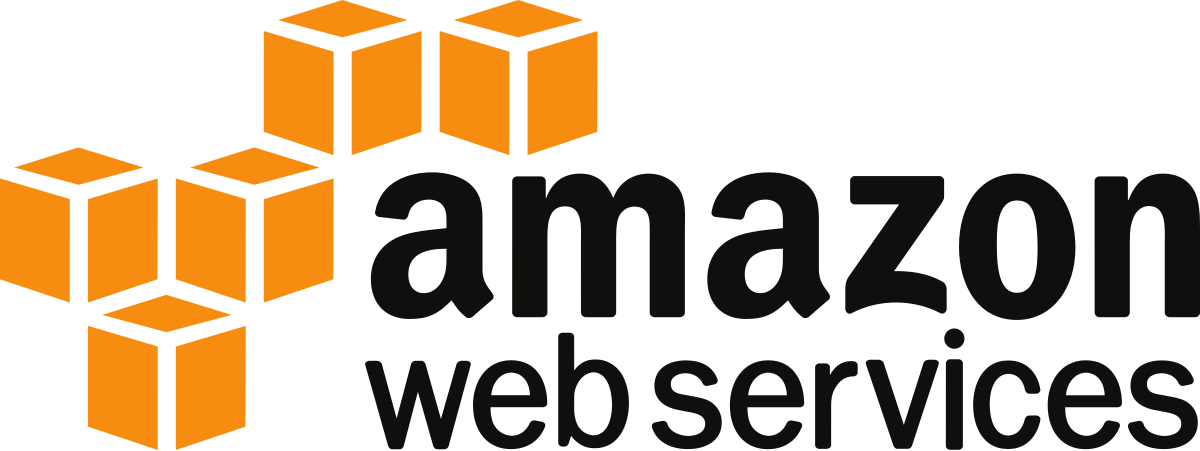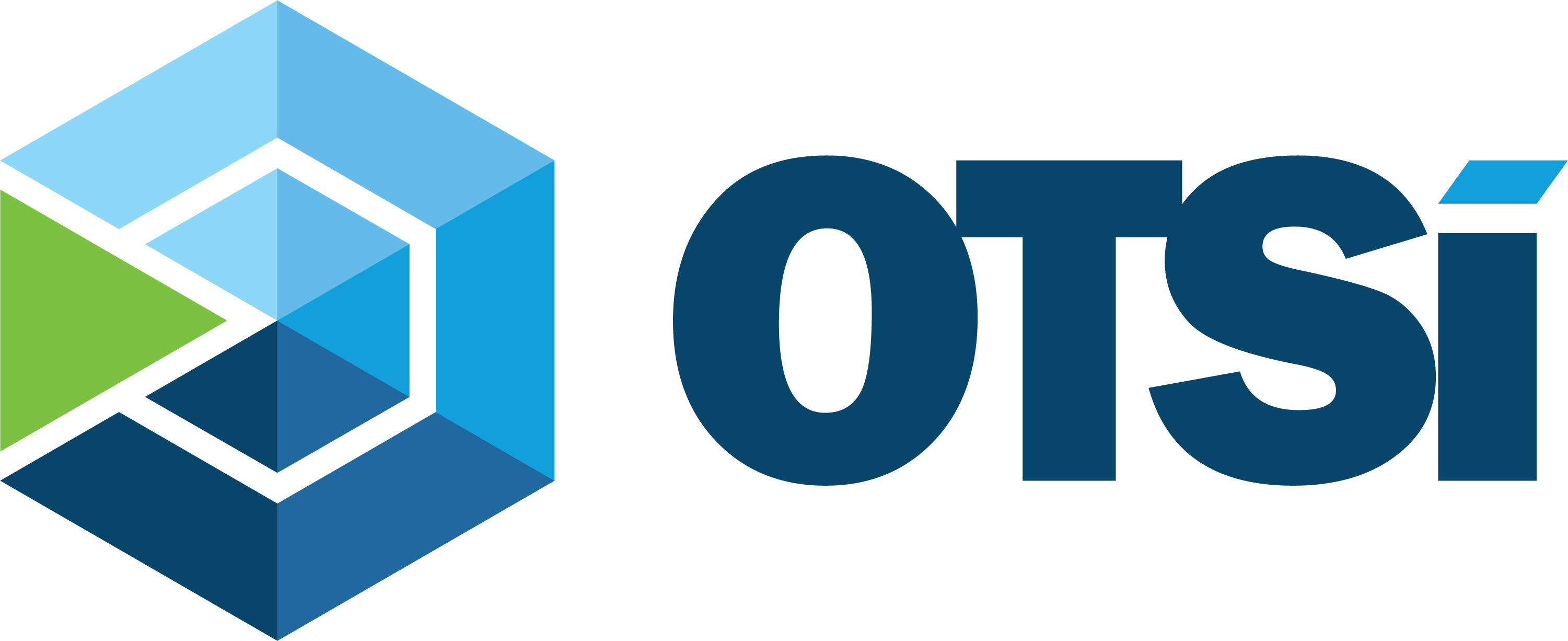Building the Blueprint for Business Success
Core Business Model Creation
Design
Develop
Success Stories
Case Studies

At the heart of every thriving business lies a powerful core business model. OTSI combines strategic insights with deep industry knowledge to craft models that not only withstand market volatility but also drive sustainable growth. Our process involves a comprehensive examination of your business environment, competitive landscape, and internal capabilities to deliver a model that drives performance and growth.
From ideation to execution, we are committed to driving your success. Whether you’re a startup or an established enterprise, our goal is to position your business for sustained success, enabling you to capitalize on new opportunities and respond proactively to market shifts.
Core Statistics Driving Business Strategy
20%
increase in customer satisfaction and loyalty for businesses that adopt customer-centric business models
70%
of companies with adaptable business models can pivot more effectively in response to market changes
25%
faster penetration into new markets for firms with diversified business models than those relying on traditional single-focus models
5x
As of 2024, digital-first business models are growing at a rate 5 times faster than traditional models
30%
reduction in customer acquisition costs for firms that adapt their business models to leverage digital channels experience
70%
of companies that successfully innovate their business models report a significant competitive advantage in their industry
Our Approach to Key Challenges
Market uncertainty is the constant shadow looming over businesses. A well-defined core business model tackles this through clear value proposition, strong customer relationships and sustainable revenue streams.
Navigating customer segmentation complexities is critical for businesses to target their audience effectively. Optimize your business model through data alignment, segmentation criteria and a customer-centric strategy.
Scalability challenges can hinder a company's growth trajectory and long-term success. Organizations can address these by optimizing resource allocation, defining scalable processes and a well-defined digital strategy.
Technology integration is a complex but necessary component of modern business. By aligning technology with core business objectives, organizations can overcome integration challenges and improve operational efficiency.
Convert Your Concepts into Reality

With digital transformation driving competitive differentiation, it is essential to establish a strategic and effective digital approach. A well-defined digital strategy serves as a roadmap, outlining your organization’s digital goals, target audience, and the specific actions required to achieve them. We’ll develop a tailored digital strategy that aligns with your business objectives, ensuring that your online presence effectively supports your overall business goals. OTSI combines strategic planning, data analysis, and creative execution to ensure that your digital strategy is not only comprehensive but also actionable, enabling you to navigate the complexities of the digital landscape with precision and confidence.

Sustainable growth hinges on the ability to identify and optimize diverse revenue streams. OTSI’s expert team specializes in identifying untapped revenue opportunities within your business model. We conduct a rigorous analysis of your market landscape, customer segments, and value propositions to uncover new revenue opportunities. By identifying and enhancing these revenue streams, we help you build a resilient financial foundation that supports long-term profitability and strategic agility, ensuring your business remains adaptable and forward-thinking in a dynamic market environment.

To achieve maximum business impact, technology must be aligned with your strategic objectives. We collaborate with you to assess your current technological capabilities, identifying areas for enhancement and innovation. OTSI’s tailored solutions integrate advanced technologies that support your business objectives, from optimizing existing systems to implementing cutting-edge software. By optimizing your technology infrastructure and leveraging emerging technologies, we prioritize creating value at every turn, focusing on innovation, agility, and resilience.
Unlocking the Value of a Strategic Business Model

Strategic alignment, underpinned by a robust core business model, is a catalyst for organizational success. By establishing a clear framework that integrates revenue goals with operational strategies, a well-defined business model ensures that all facets of the organization are working towards common objectives. Enhanced decision-making, optimized resource allocation, and improved operational efficiency are direct outcomes of this alignment. Moreover, a strategically aligned business model helps in identifying potential revenue gaps, mitigating risks, and adapting to market changes swiftly. Ultimately, it positions the organization for sustainable growth, increased profitability, and a stronger competitive stance.

By clearly defining how the business will generate revenue—whether through sales, subscriptions, licensing, or other mechanisms—a robust business model enables organizations to identify and capitalize on the most lucrative opportunities. Through meticulous analysis of customer behavior, market trends, and competitive landscapes, organizations can fine-tune pricing strategies, expand product offerings, and explore innovative revenue channels. Additionally, a well-structured business model helps in aligning financial goals with operational activities, ensuring that resources are allocated efficiently to support revenue growth. By optimizing revenue streams and minimizing inefficiencies, businesses can achieve a more sustainable and profitable financial performance, ultimately driving long-term success and stability.

A structured approach to defining and communicating a business's unique value proposition is instrumental in achieving effective market positioning. By clearly outlining the target market, competitive landscape, and distinct advantages of its offerings, a well-developed business model helps a company carve out a unique space in the marketplace. This strategic clarity enables businesses to differentiate themselves from competitors, attract and retain the right customers, and build a strong brand identity. Ultimately, a strong market position, derived from a well-crafted core business model, drives customer acquisition, loyalty, and revenue.

Strategic alignment, underpinned by a robust core business model, is a catalyst for organizational success. By establishing a clear framework that integrates revenue goals with operational strategies, a well-defined business model ensures that all facets of the organization are working towards common objectives. Enhanced decision-making, optimized resource allocation, and improved operational efficiency are direct outcomes of this alignment. Moreover, a strategically aligned business model helps in identifying potential revenue gaps, mitigating risks, and adapting to market changes swiftly. Ultimately, it positions the organization for sustainable growth, increased profitability, and a stronger competitive stance.

By clearly defining how the business will generate revenue—whether through sales, subscriptions, licensing, or other mechanisms—a robust business model enables organizations to identify and capitalize on the most lucrative opportunities. Through meticulous analysis of customer behavior, market trends, and competitive landscapes, organizations can fine-tune pricing strategies, expand product offerings, and explore innovative revenue channels. Additionally, a well-structured business model helps in aligning financial goals with operational activities, ensuring that resources are allocated efficiently to support revenue growth. By optimizing revenue streams and minimizing inefficiencies, businesses can achieve a more sustainable and profitable financial performance, ultimately driving long-term success and stability.

A structured approach to defining and communicating a business’s unique value proposition is instrumental in achieving effective market positioning. By clearly outlining the target market, competitive landscape, and distinct advantages of its offerings, a well-developed business model helps a company carve out a unique space in the marketplace. This strategic clarity enables businesses to differentiate themselves from competitors, attract and retain the right customers, and build a strong brand identity. Ultimately, a strong market position, derived from a well-crafted core business model, drives customer acquisition, loyalty, and revenue.
Our Success Stories

94%
Automation of Data Entry
Security Enhanced Application Development for a Finance Client. To minimize the time and errors involved in manual data entry to the existing system, we developed a desktop application with enhanced security-based architecture ensuring minimal manual intervention through maximized automation. This initiative resulted in 94% automated data entry, eliminated data breaches and thereby aligning with our client’s business goals.
Focus Areas of Our Work

Data Insights in Banking
Our data solutions for the banking sector enables data driven decisions and develop personalized products for customers.

Modernization Solutions for Telecom
OTSI’s integrated data modernization for telecommunications clientele assists in eliminating data duplication, improving customer satisfaction, and performing data migration.
Case Studies
Case Study
Statewide Analytics Engine for Comprehensive Insights
Case Study
Optimized Sales Order Data Processing
Case Study
Enhanced Security and Efficiency in Financial Data Entry
Case Study
Revolutionizing Government Data Utilization with Advanced Analytics
Explore Related Services
Customer Engagement
Market Growth Strategies
Application Integration
Our Partners










Get Custom Solutions
Reach out to us for tailored software that meets your unique business needs.



